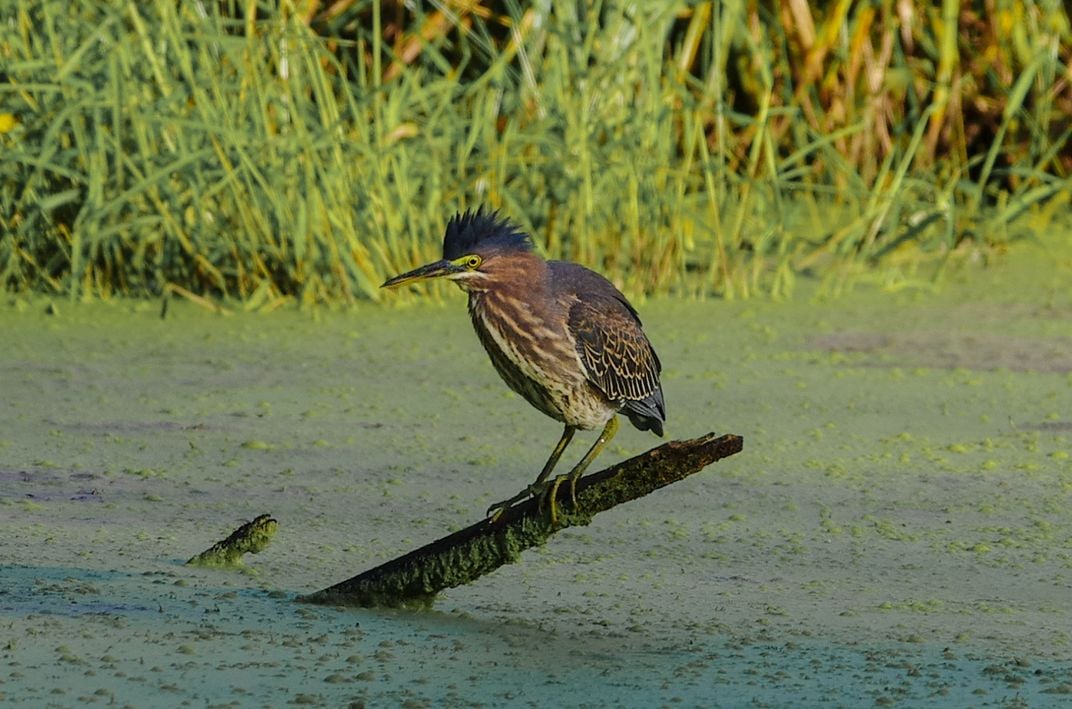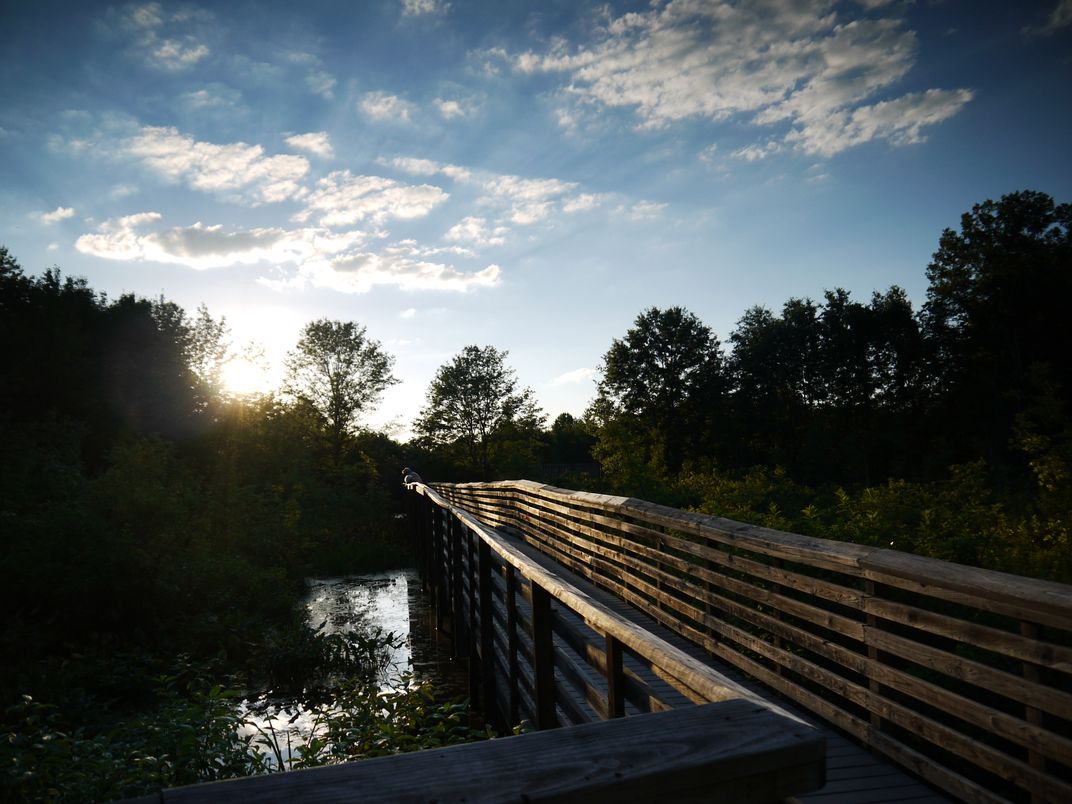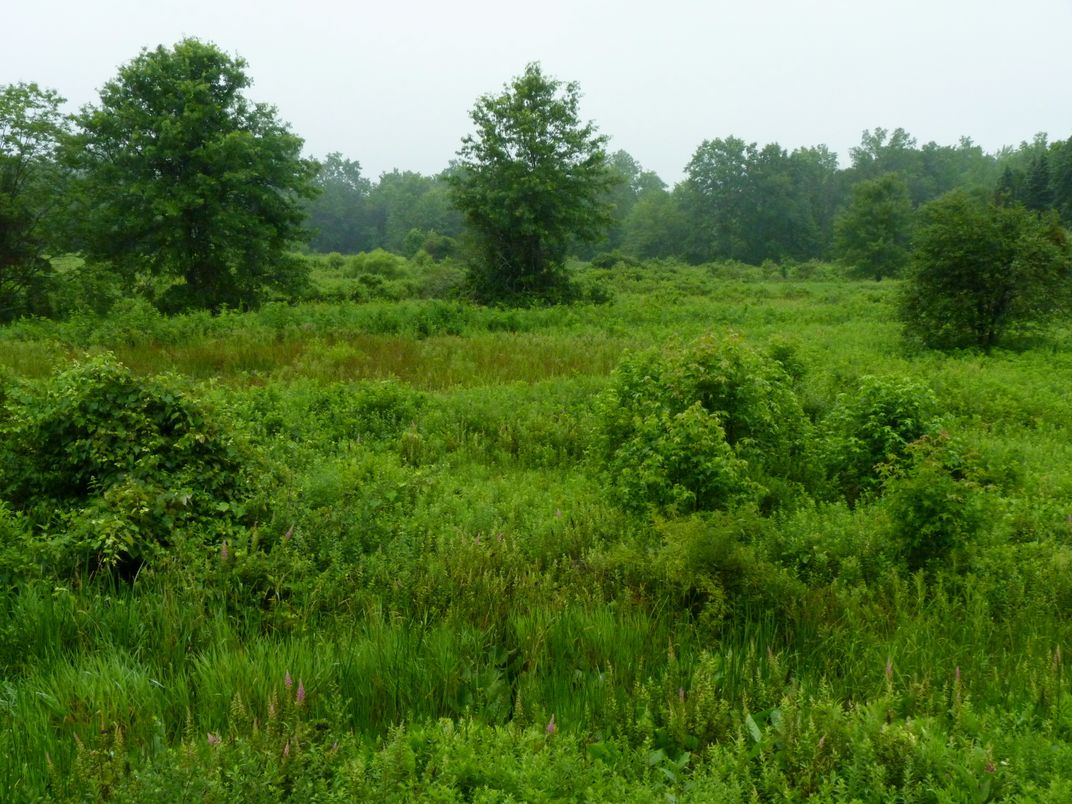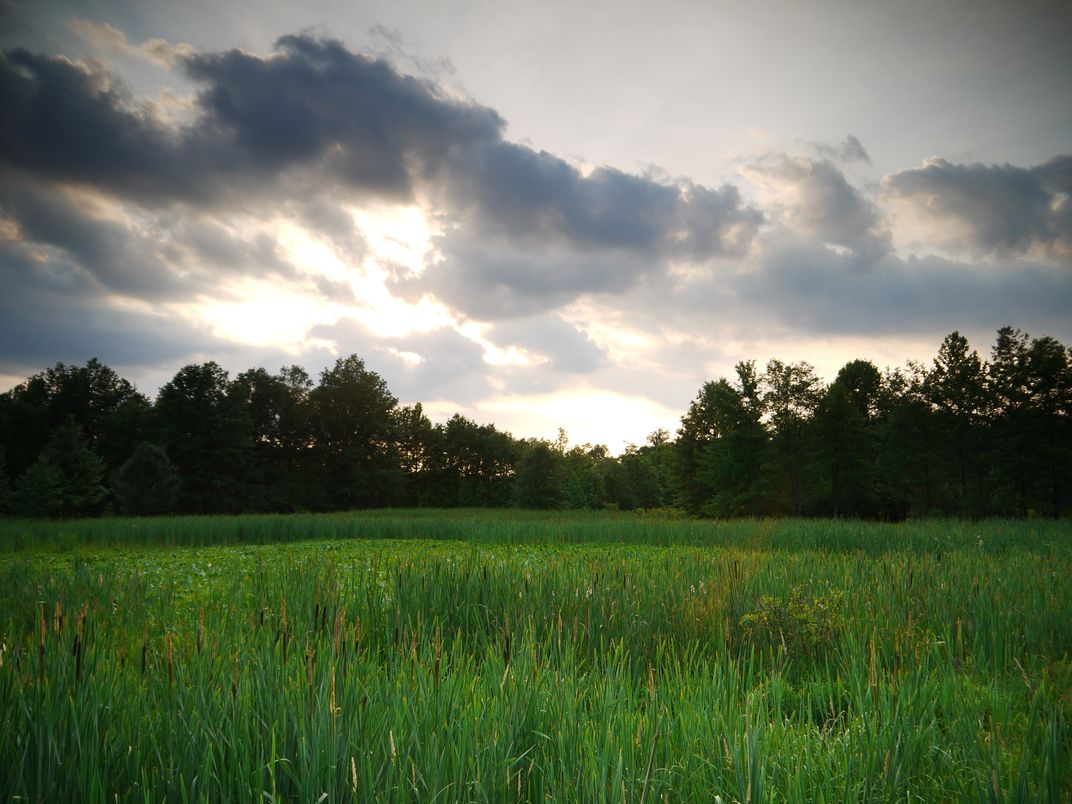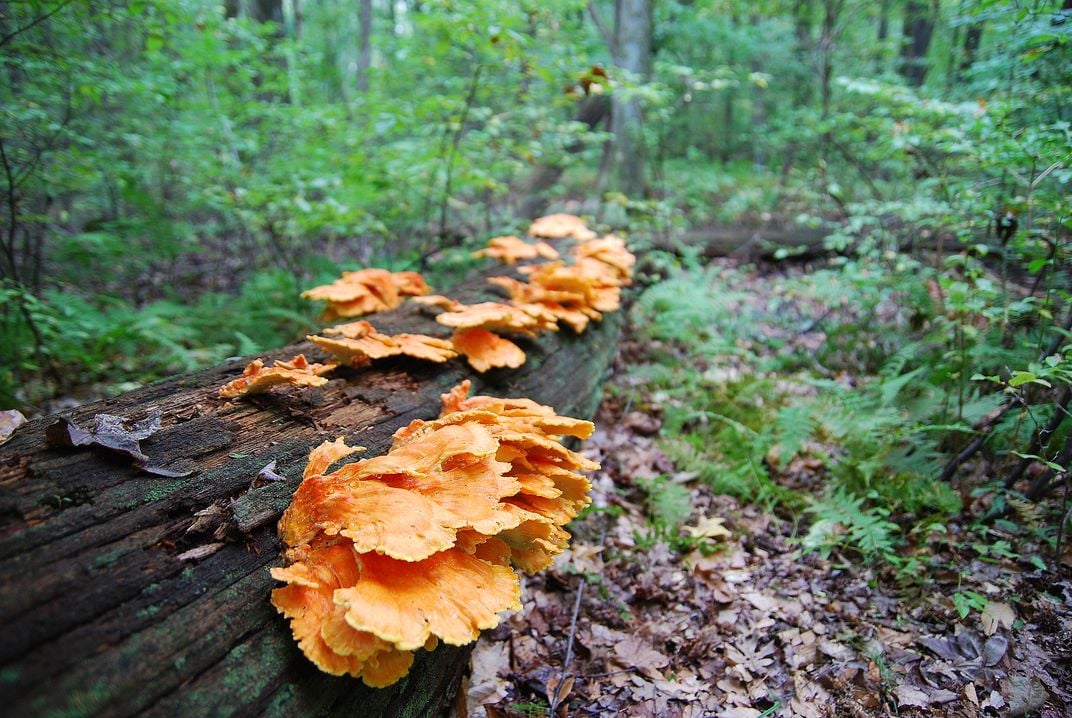Great Swamp National Wildlife Refuge
Extensive wetlands, cattail marshes and rare bog turtles
Location: New Jersey
Size: 3,660 acres
Year Designated: 1968
Fast Fact: The Great Swamp National Wildlife Refuge Wilderness Area plays a critical role in draining the flood waters of the area.
The Wisconsin Glacier, which covered vast expanses of North America, left the New Jersey wetlands in its wake as it retreated some 11,000 years ago. The southernmost of those wetlands make up part of the Great Swamp National Wildlife Refuge Wilderness Area, which was designated as a wilderness area by Congress in 1968. The wilderness area accounts for the eastern half of the Great Swamp National Wildlife Refuge, which serves as a resting and nesting area for over 200 migratory birds. With diverse flora, including cattail marshes, wet grasslands and forests, the area is home to a number of species outside of migratory birds, including rare bog turtles. Wood turtles, blue-spotted salamanders, mice, skunks, raccoons and deer also call the Great Swamp home.
The area also plays a crucial role in the local environment by absorbing flood water in the event of extreme weather, helping reduce flooding through gradual release. Its layers of sediment also help purify the area’s water.
